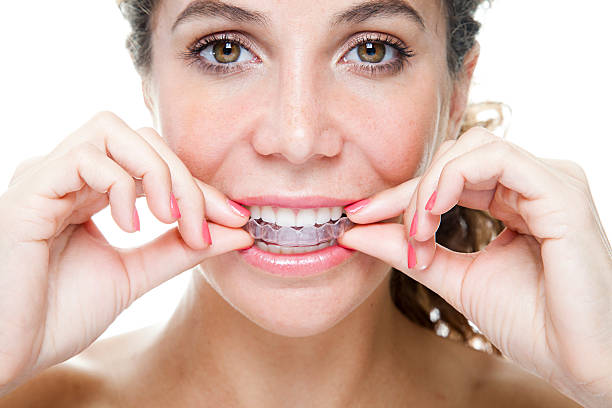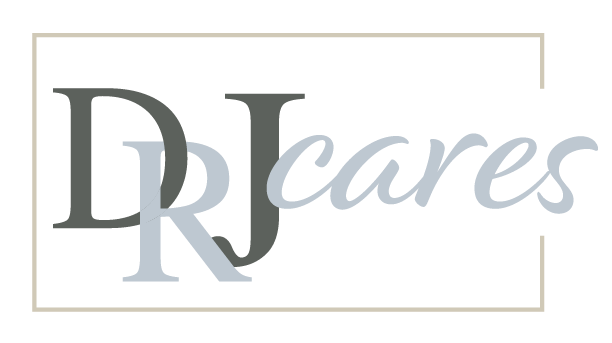Invisalign



What is Invisalign?
Invisalign employs a set of mouth-guard-like templates ranging from 18 to 30. (called aligners). These templates are created by computer simulation and are automatically discarded every two weeks.
The Invisalign system is appropriate for adults and teens who have specific biting difficulties.
Pros: The benefits are that you can eat and drink whatever you want. Being translucent, the aligners are hardly visible.
- Invisalign is far more physically comfortable to wear than traditional braces. There are no wires or brackets to cause unpleasant nicks or wounds in your mouth. They are smooth and will not cause irritation in your mouth. The aligners look like mouth guards and have no sharp edges.
- More appealing: Because Invisalign is transparent, you won’t have a mouthful of metal. In other words, they are more visually appealing, and most people will not realize you are wearing them. This means you can grin without feeling self-conscious. As a result, there are no age restrictions, and adults frequently prefer this orthodontic treatment procedure.
- Convenience: Because Invisalign has become the standard for straightening teeth, you don’t have to bother with metal braces. This makes them highly handy, especially given their broad availability.
- Removeable: Invisalign aligners may be taken out to eat, clean your teeth, and floss. That is impossible with braces. It lets you to consume the foods you desire and practice better oral care, lowering your risk of gum disease while straightening your teeth. Food particles will not become lodged like they do with regular braces.
- Invisalign aligners need little upkeep. When you wear them, they can become dingy, but you can refresh them by dipping a toothbrush in a tiny quantity of bleach and water. Any stains will be removed by scrubbing them for a minute. This is only necessary every other day.
Cons: Invisalign is ineffective for treating major dental issues. It is the more expensive choice, and the aligners are easily misplaced.
- Expensive: One of the most significant disadvantages of Invisalign is its high cost. They are not covered by dental insurance, so you should budget between $3,500 and $8,000 for them. In other words, if you’re on a tight budget, short on cash, or don’t want to take money out of your child’s college savings plan, you should reconsider having Invisalign.
- Attachments: Increasingly, attachments for Invisalign are becoming the standard. Attachments are generally enamel ridges that adhere to your teeth in the same manner as brackets do with traditional braces. The attachments are used to snap into the aligners to make them fit better and reposition your teeth more efficiently. Attachments also make Invisalign more visible, making you appear to be wearing braces.
- The minimum daily wearing time for Invisalign is 22 hours. Typically, you should only remove them when eating or performing daily dental hygiene. That implies you must wear them if you are going on a date or to a party.
- Tooth Discomfort: When you get fitted for a new set of Invisalign aligner trays, it can be unpleasant and even painful. Although your orthodontist would most likely refer to the sensation as “pressure,” it might be uncomfortable when your teeth adjust to a new set of aligners. You may need to take a pain reliever while your teeth adjust to your Invisalign.
- Inconvenience: For some patients, wearing Invisalign aligners might be uncomfortable. You must always remove them before eating, which may cause some embarrassment while dining out. You must also clean your teeth before eating each meal, which means brushing your teeth many times each day, which might be uncomfortable.
These are some of the most important benefits and drawbacks of Invisalign. Many patients find these braces to be quite convenient, however there are some drawbacks to using clear plastic aligners. What works for one person might not work for you, so make certain that Invisalign is the best option for you. To find out if Invisalign is right for you, visit one of our 26 conveniently located dentists in Reno and Las Vegas, NV. Here are some additional exclusive recommendations for Invisalign patients.

